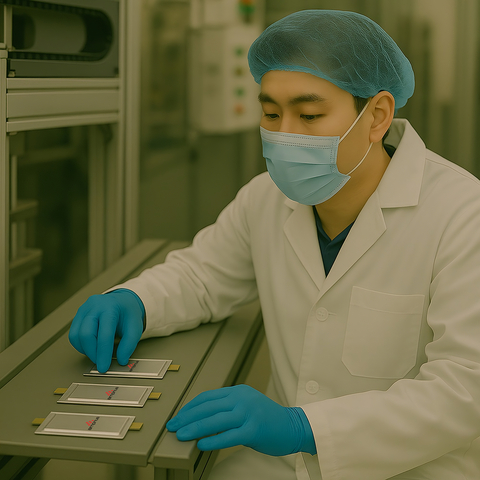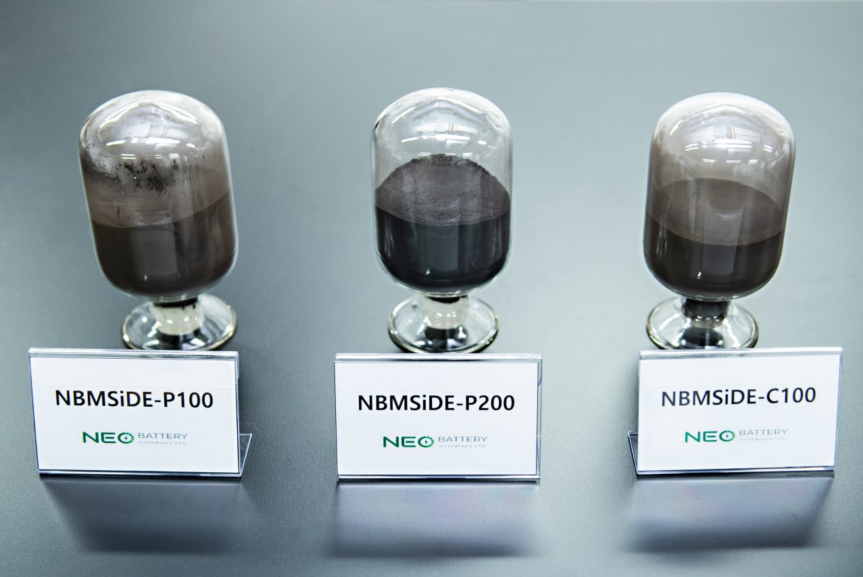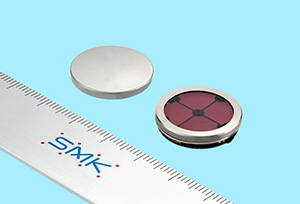Researchers at McGill University in Canada have increased a battery’s energy density by adding a rare-earth metal to an anode.
The scientists added a small amount of neodymium (Nd) to the anode in a bid to increase its energy density without compromising safety. Now they’re shifting their focus to increasing the battery lifespan.
Eric McCalla, an associate professor in McGill University’s Department of Chemistry, led the team which made the breakthrough.
The team introduced the element to TiNb2O7, which has a theoretical capacity of 388 mA h g–1 (albeit not typically achieved). By substitutional doping it with Nd they have increased the capacity by 19% over the undoped material to 321 mA h g–1 with a 1.2% substitution.
The scientists used the Canadian Light Source, Canada’s national synchrotron light source facility, at the University of Saskatchewan to test the technology.
The team used Hard X-ray Micro-Analysis (HXMA) beamline to conduct the experiments ‘in situ’. This was critical because it allowed the battery to run while the team conducted the experiment, meaning they could avoid taking the cell apart. In previous attempts, the researchers found the material degraded when it was removed from the battery.
McCalla said: “What we think is happening is that when you add a small amount of these really big ions it doesn’t just disrupt the atoms around it, it disrupts atoms over a large distance.
“They (neodymium ions) do a lot of local damage, which actually turns out to have benefit. Locally we damage the structure, but in a way that it opens up some other spots for lithium to go in and out thereby increasing the battery’s energy density”.
Researchers on the team also used computer modelling to calculate how much easier it is for lithium to move when the neodymium ions are nearby.
However, the team has identified some instability related to the electrolyte, which they think could impact its long-term use.
McCalla said: “There’s definitely continued work that needs to happen, to make these commercially viable. But already the gains that we’ve made show that the energy (produced by the new type of battery) would enable new or different medical applications.”
Together with their industry partner, Medtronic, McCalla and his team have filed a series of patents for the new technology.
Read more about the research here
Image: By adding small amount of material to anode, McGill researchers increased energy density by 20%. Credit: Canadian Light Source












